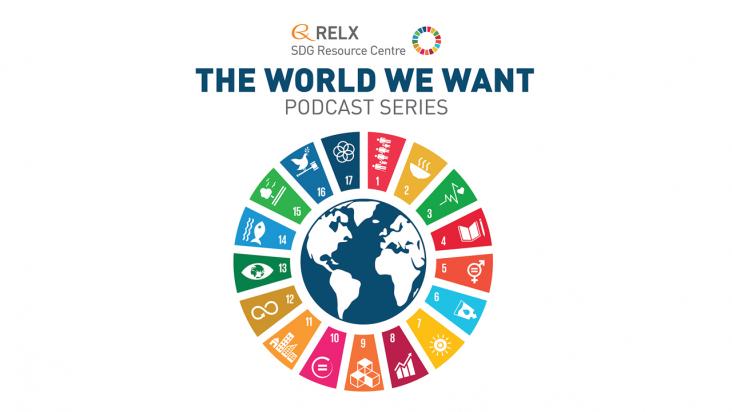
Monitoring and Control of Electrical Power Systems using Machine Learning Techniques, Volume , 1 January 2023
Adsorption through Advanced Nanoscale Materials: Applications in Environmental Remediation, Volume , 1 January 2023
Renewable Energy - Volume 2: Wave, Geothermal, and Bioenergy Definitions, Developments, Applications, Case Studies, and Modelling and Simulation, Volume , 1 January 2023
Adsorption through Advanced Nanoscale Materials: Applications in Environmental Remediation, Volume , 1 January 2023
Advanced Applications of Biobased Materials: Food, Biomedical, and Environmental Applications, Volume , 1 January 2023

